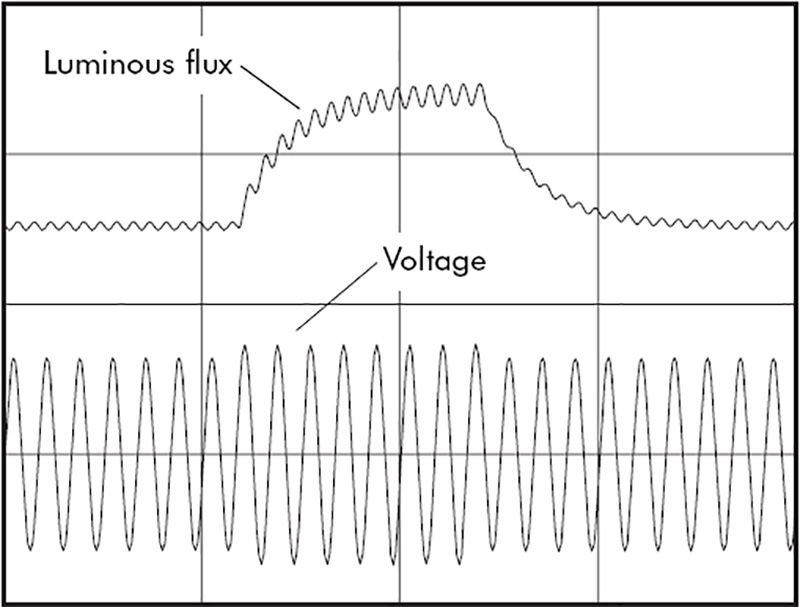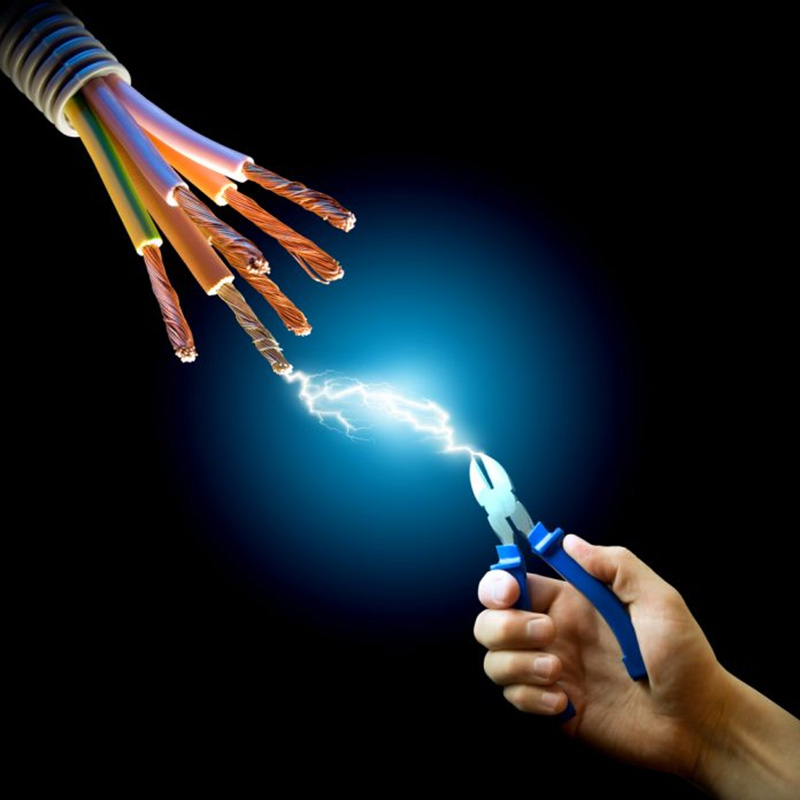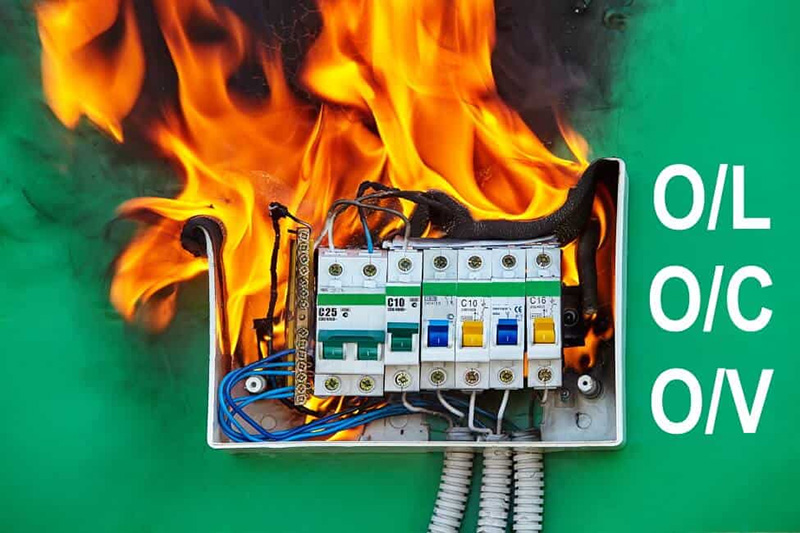
Start-up time: There are two types of start-up time for sports lighting equipment: instantaneous start and delayed start, which need to be selected reasonably according to the specific project conditions.
Impulse current multiple: When the lamp is started, there is a large current exceeding the rated current, which is called impulse current. The ratio of the impulse current to the rated operating current is called the impulse current multiple. The smaller the value, the smaller the impact on the power distribution system, which is relatively safer. Under normal circumstances, the instantaneous start of the LED sports lighting impulse current multiple is relatively large, as high as nearly 40 times; while the delayed start of the sports lighting device impulse current multiple is relatively small, less than 2 times. The metal halide lamp has a delayed start feature, so its impact current multiple is also small, generally less than 2 times.

Luminous flux voltage change rate: This parameter reflects the degree of influence of the sports lighting light source by the voltage deviation, and is the ratio of the luminous flux change rate to the voltage change rate.
Experiments have shown that LED sports lighting has a lower rate of change of luminous flux voltage, namely Δφ%/ΔU%. When the voltage is positive deviation, then Δφ%/ΔU%=0.092, when the voltage is negative deviation, then Δφ%/ΔU%=0.075.
However, this indicator of metal halide lamps is relatively poor and unsatisfactory. When the voltage deviation is positive, Δφ%/ΔU%=38/10=3.8; when the voltage deviation is negative, then Δφ%/ΔU%=28/10=2.8.
This indicator of metal halide lamps is relatively large, and voltage changes have a great influence on its luminous flux. The value of LED lighting is relatively small, less than 3% of the metal halide lamp, that is, the luminous flux remains basically unchanged in a relatively wide voltage range, and it has good voltage characteristics.

THD: Because sports lighting devices are mostly single-phase loads, the harmonics are mainly third. Need to be reminded, not only should pay attention to the harmonic problem of lamps and lanterns, but also the harmonic problem of the control system, especially the dimming module is likely to cause the increase of harmonics.
Three-phase imbalance: This problem is not unique to sports lighting. All single-phase electrical equipment may have three-phase load imbalance. First of all, it is necessary to solve the problem in design, evenly distribute the single-phase load to the three-phase, and keep the three-phase load balance as much as possible under various control modes. Secondly, try to keep the three single-phase balanced operation as much as possible during operation.
Protection level against electric shock of LED luminaire: Outdoor sports lighting fixtures should be classified as Class I, and indoor sports lighting fixtures can be Class I or II fixtures. Underwater lighting should use AC rated voltage not greater than 12V or DC not greater than 30V. Class III lamps.

Short circuit protection: This is a necessary and basic requirement, and it is a standard configuration.
Overload protection: This is a selective requirement. It is recommended to set up for low- and medium-level venues; it is recommended not to set up for high-level venues, or set up overload protection that acts on alarms.

Residual current action protection: low-level venues can be set up, of course, or not; middle-high-level venues should not be set up, or set up residual current action protection that acts on alarms.

Post time: Jun-05-2020

